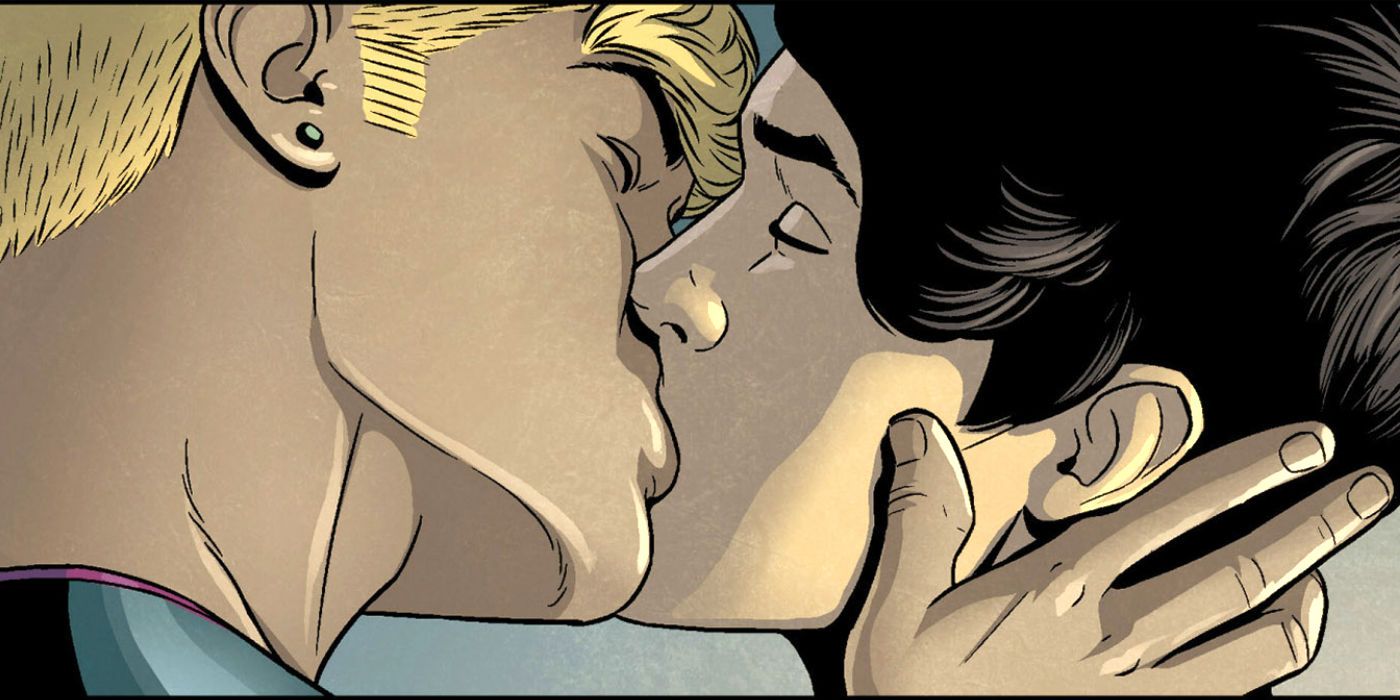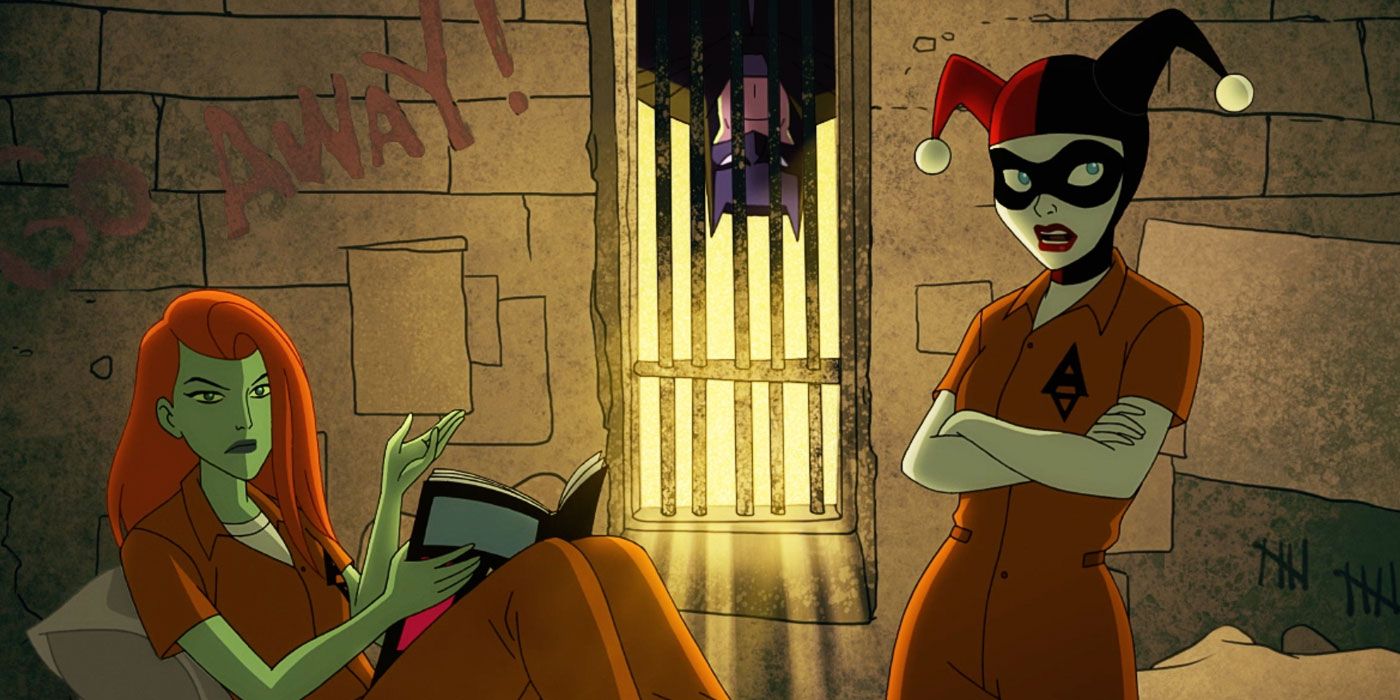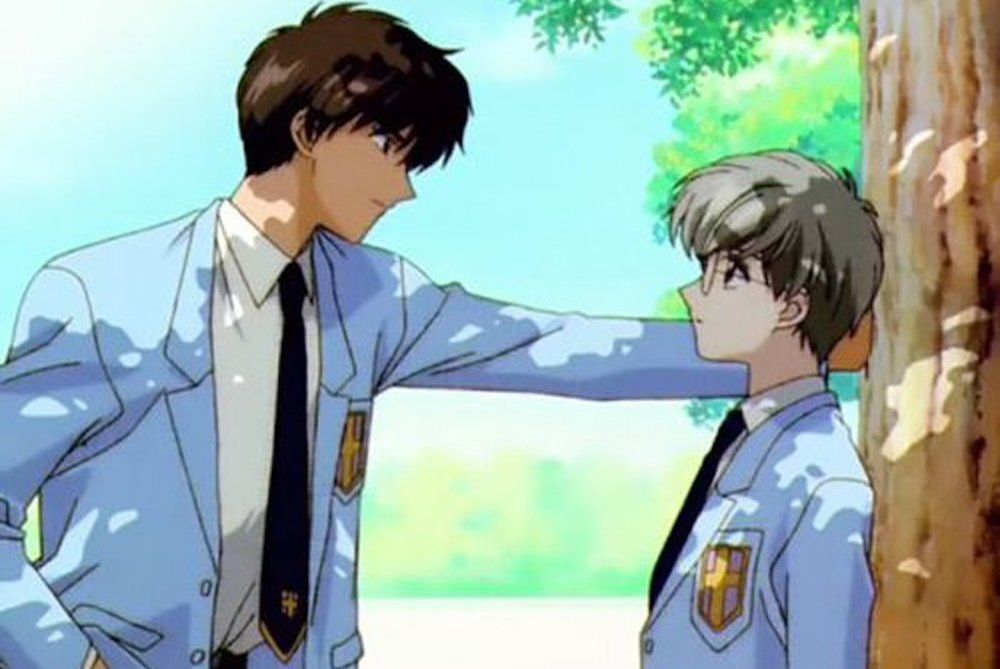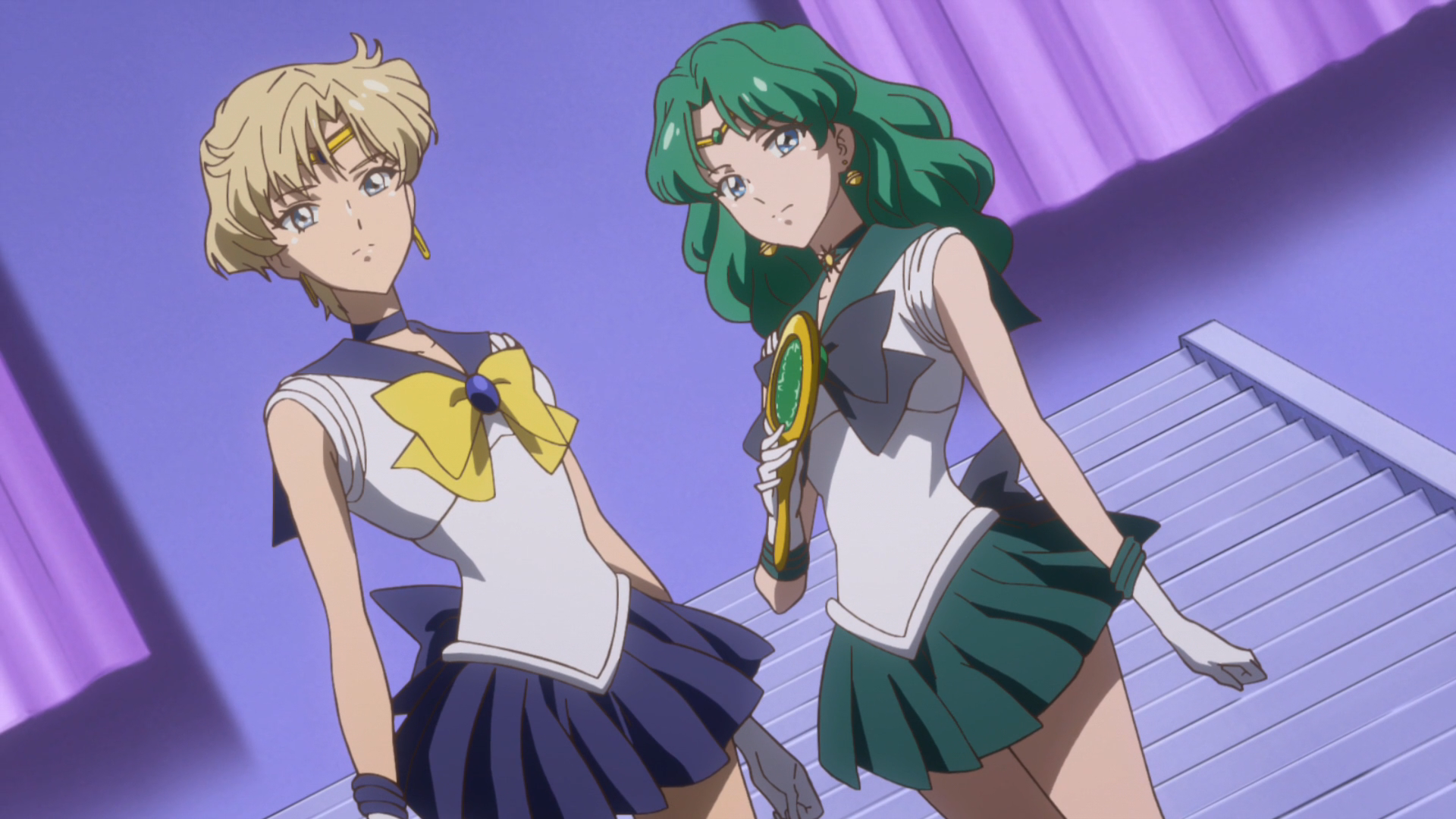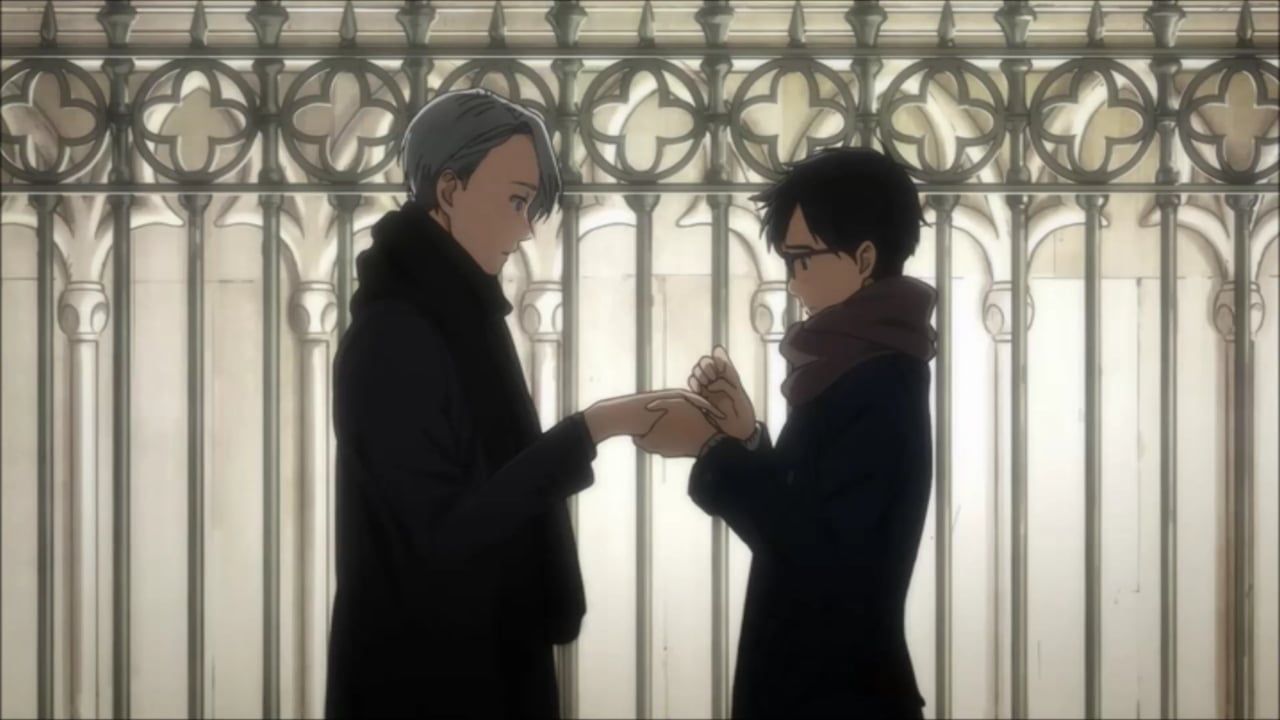Fandom discourse over the past several years has centered around the topic of representation -- in particular, LGBTQA (lesbian, gay, bisexual, transgender, queer and asexual). Some people might not think too often about the issue (straight people, in particular), but for many members of the LGBTQA community, superheroes haven't exactly offered stunning representation.
The west is still struggling with queer characters. The east, however, had struggles.
RELATED: Marvel, DC and the Current State of LGBT Superheroes
Despite several missteps then and now, anime has some great LGBTQA characters. Good examples can be found in Ghost in the Shell, Zombie Land Saga, Banana Fish, No. 6, Ouran Host Club and My Hero Academia to name just six recent-ish anime.
So, what can superhero comics learn from anime about LGBTQA representation?
THE WEST'S QUEER PROBLEM
It is important to restate that superhero comics are getting better when it comes to LGBTQA characters. Deadpool has expressed attraction to both genders. Harley Quinn and Poison Ivy are (sometimes) depicted in a healthy relationship. Wiccan and Hulkling's romance helped to popularize Marvel's Young Avengers. Northstar is a beloved gay, married superhero. But, for all the good, there's still the bad. And the bad is kind of terrible.
Often, comics employ a technique called "queerbaiting," a practice wherein creators tease a queer relationship, drawing in an LGBTQA audience, only to never deliver on it. Mystique was in an ambiguous relationship with Destiny in Marvel comics. The Marvel Cinematic Universe's Valkyrie had a scene depicting her with a woman cut from Thor: Ragnorak. Wonder Woman, despite repeated assertions that she's bisexual, has never been labeled as such main DC continuity.
Then there all of the occasions when queer pain is exploited. The X-Men's Bobby Drake is a deeply repressed homosexual whose secret is discovered when his close friend Jean Grey invades his thoughts. Sure, Bobby comes to terms with his sexuality in the subsequent issues, but Jean robs him of any agency in coming out. He is outed and then pressured to come out to more people. And, this is framed as a good thing. (Not to mention some of the "coming out" scene can be read as dismissive of the concept of bisexuality, which is also problematic.)
Oh, and how many trans characters can you name? Loki? Sera from the Angela comics? Barbara Gordon's roommate from the New 52? Is that enough representation?
Incidentally, that question touches upon another problem: Representation is too often treated as a points-based system. If you get enough in, you win. At times, it feels very exploitative. Comics are improving, but they can be even better.
THE CLAMP SOLUTION
To say anime is consistently a bastion of great writing is a lie. Like all mediums, there are lows. One '90s anime, Fushigi Yuugi, featured a cross-dressing gay character named Nuriko who "became gay" to replace her dead sister. Oh, and, spoilers, Nuriko is killed halfway through the series.
That started changing during the same decade, when CLAMP helped to bring queer characters into mainstream manga.
CLAMP is a manga writing team, consisting (as of 1993) of four women: Satsuki Igarashi, Nanase Ohkawa, Mick Nekoi and Mokona Apapa. Together, they made some of the most beloved manga and anime of the '90s and '00s: Cardcaptor Sakura, Magic Knight Rayearth, Chobits, Tsubasa: Reservoir Chronicles, xXxHolic... the list goes on.
They emphasized the value of every kind of love trumping all limits, including gender. In other words, in their stories, everyone is bisexual.
Comic fans often argue that the problem with an established character (like Bobby Drake) coming out as gay is that it retroactively alters their old story. Drake romanced female characters. Was that romance a lie? Well, that isn't a problem if everyone is bisexual! If all love is treated as equally valid, then everything is fair game.
And, if all love is valid, then queerbaiting won't be a thing. You'll just have characters in relationships. Same-sex? Different-sex? Who cares? It's all fair game.
But, if that's too radical, there's always the Takeuchi Solution.
THE TAKEUCHI SOLUTION
Most people are familiar with Sailor Moon because of the popular anime adaptation. (Three of its five seasons were directed by Kunihiko Ikuhara, who followed this up with the "everyone is bisexual" series, Revolutionary Girl Utena). But, Naoko Takeuchi's original manga features sexuality in a surprisingly modern way. Takeuchi effectively offers representation to everyone.
Usagi Tsukino, the titular character, initially only expresses attraction to men. Usagi's interest in women doesn't become explicit until she meets Haruka Tenoh, who she unexpectedly finds attractive (and ends up kissing.) She marries the straight character, Tuxedo Mask, but this explicitly confirms that Usagi is bisexual.
RELATED: Netflix Announces Eden Anime From Fullmetal Alchemist Director
Then there's Haruka. She and her partner Michiru are the most well-known -- and most heavily-censored -- same-sex couple in anime. Only, not really "same-sex," because Haruka mentions multiple times she is neither a woman or a man. Instead, she's non-binary: Assigned female at birth, but exists outside of the gender binary.
There's also Rei, who in the anime is boy crazy, but in the manga expresses no interest in anyone. Rei is asexual. And, no-one minds. In fact, none of the stories ever present the characters' orientations or genders as an obstacle. They are treated as normal.
There's a reason Sailor Moon has such a big LGBTQA fanbase.
CURRENT ANIME
While anime and manga like Cardcaptor Sakura, Sailor Moon and Revolutionary Girl Utena are exceptions, they had a lasting impact on anime as a whole. Either make the whole cast bisexual or present fluid sexuality as a normal thing. Over time, more writers drew from these great works when telling their own stories.
There are so many good LGBTQA characters you can cite from present-day anime, but one anime superhero comics should study in regards to positive representation of queer themes is Yuri on Ice!!!, which effortlessly presents a racially diverse cast with a positive same-sex romance at its core. And, audiences love it. At the 2016 Crunchyroll Anime Awards, Yuri on Ice!!! won six of 13 categories.
The story centers around Yuri, an ice skater with a diagnosed anxiety problem who has lost his confidence. When his idol, Victor, volunteers to coach him, Yuri gains the confidence to compete again and make history. Plus, the two develop huge crushes on each other.
Sexuality is never explicitly solidified in Yuri On Ice!!! (Yuri expresses interest in both men and women.) Instead, the story focuses on how the characters help improve each others' lives. Relationships are centered on the characters' emotional well-being, not sex.
So, superhero comics: When writing LGBTQA characters, present sexuality and gender. Focus on writing strong relationships. Don't center the story on how painful it is to be LGBTQA.
Failing that, just make everyone bisexual.

